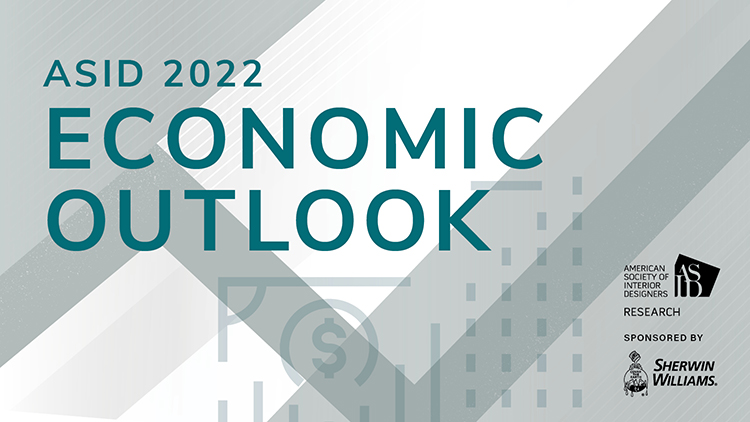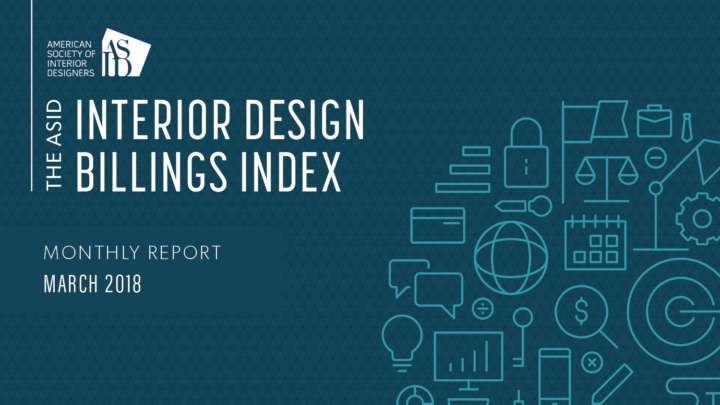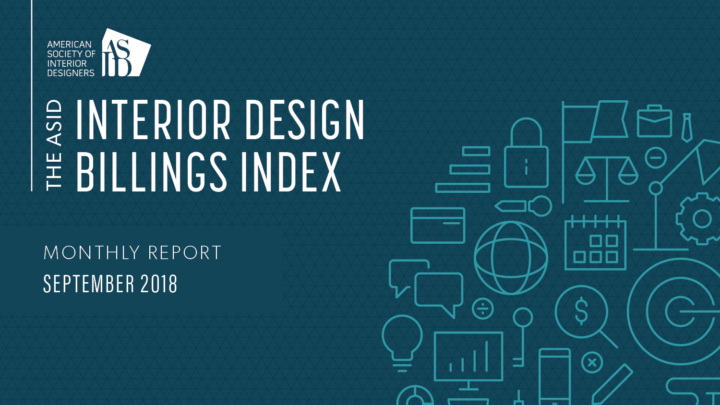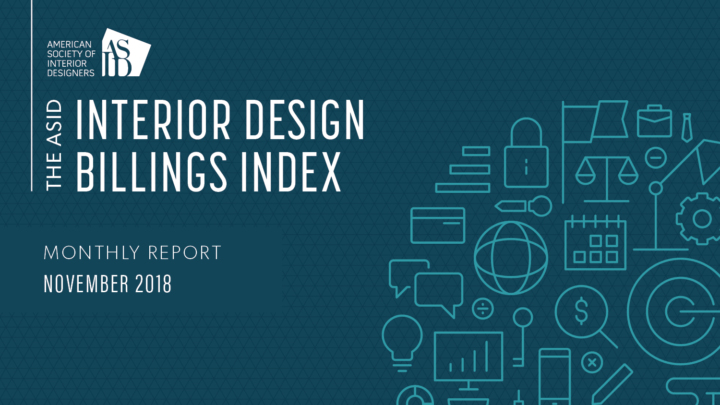ASID 2022 Economic Outlook Report

The ASID 2022 Economic Outlook, part two of the three-part series on the Outlook and State of Interior Design (see part one – Trends Outlook Report), provides an overview of the current state of the economy and including its impact on the interior design industry, profession, and practice.
SECTION HIGHLIGHTS
U.S. ECONOMY
After a rocky 2020, more optimism emerged in 2021. COVID-19 remains in charge of the economy, but people are adapting, and disruptions have become shorter and less severe with each subsequent new variant. The economy experienced a short, sharp recession in March and April 2020, but it quickly rebounded and continues a positive upward trajectory.
Inflation is top-of-mind for both consumers and businesses. To combat inflation and supply chain concerns, the Federal Reserve will be moving to raise interest rates, both this year and next, which may slow demand for many construction projects.
The pandemic has disrupted trade on multiple fronts. The diversification of suppliers will hedge against future interruptions in trade, and Interior Designers need to continue to emphasize sustainable and energy-saving design practices.
Interior design was among the many sectors that experienced setbacks from the supply chain disruptions. Constant communication with clients and suppliers will help interior designers stay ahead of the lingering pandemic effects.
EMPLOYMENT & EARNINGS
National employment, as well as the construction industry employment, has bounced back from its initial sharp decline in early 2020, but both remain below their pre-pandemic peak. In contrast, the interior design profession has fully recovered all jobs lost due to COVID-19 and the recession in 2020. The continued decline of weekly unemployment claims and relatively large wage gains indicate signs of a positive recovery with continued growth.
CONSTRUCTION OUTLOOK
In 2021, total construction spending rose, lifted primarily by residential construction activity in single-family and multifamily housing sectors, but was weighed down by decreases in the office, hospitality, and educational sectors. Non-residential construction suffered greatly in 2021 from labor shortages and supply chain issues, Healthcare construction reached a record high in 2020, and again in 2021, but other sectors, including hospitality, entertainment, travel, office, and education, will take more time to fully recover.
The changing nature of work is causing a migration shift within the population. With the increased availability of remote work, many knowledge-based service workers are moving from large, dense urban areas to less expensive areas in smaller urban areas and suburbs. Concurrently, COVID-19 is changing the definition of home, shifting what it means and what it needs to do.
Regardless, interior designers will play a key role in making the office a desirable destination for employers, employees, and their clients, determining much of the direction of future office construction spending.


